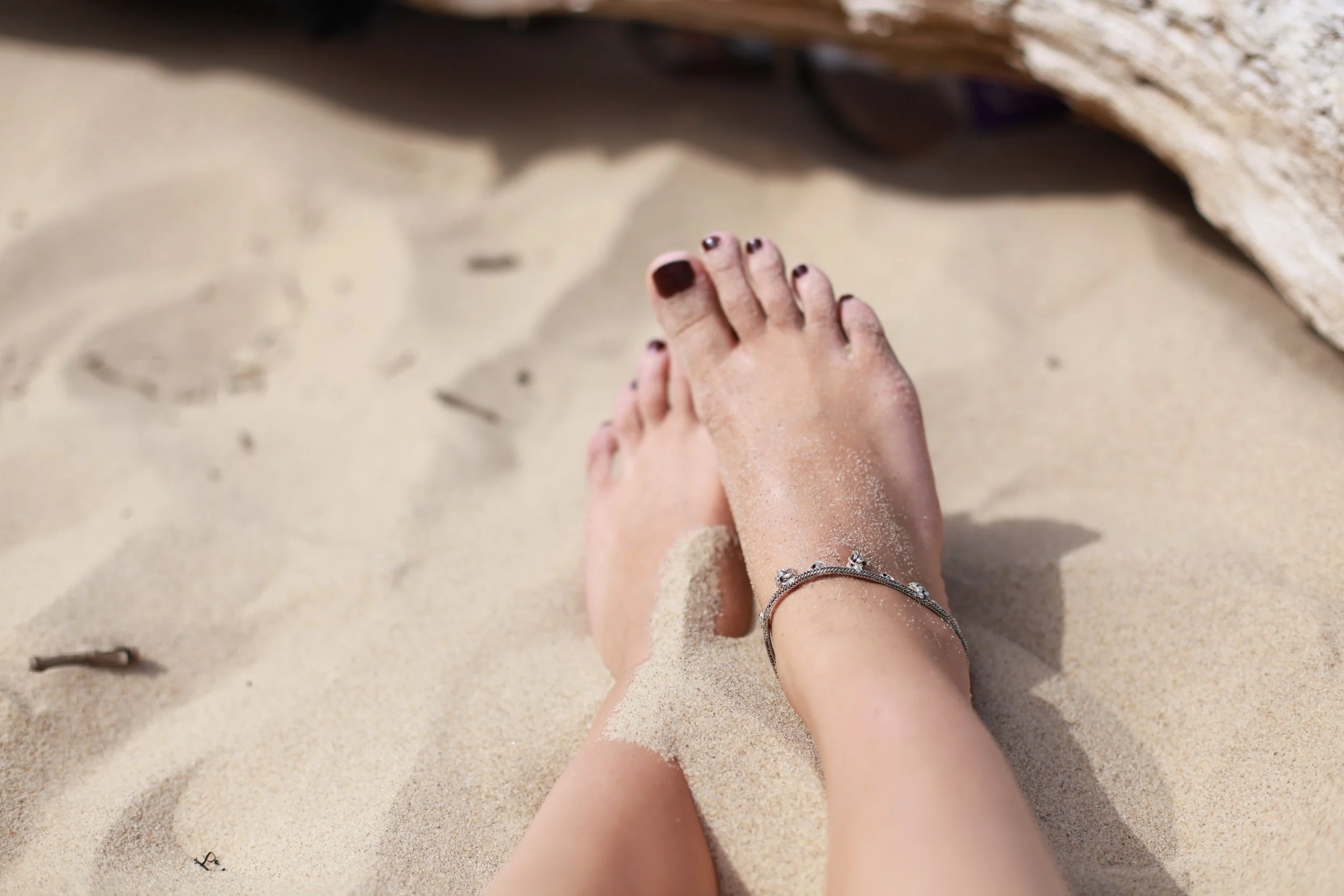How to Remove Gout Crystals from a Joint
Gout is an intensely painful type of inflammatory arthritis caused by a buildup of uric acid crystals inside the joints. These sharp crystals can trigger sudden, severe pain—especially in the big toe, ankle, or knee. If you’ve experienced a flare-up, you’re likely asking: how do I remove gout crystals from a joint, and how can I prevent them from returning?
In this guide, we’ll walk through what causes uric acid to crystallize, the best treatments available today, and simple lifestyle changes to support long-term relief.
What Are Gout Crystals and Why Do They Form?
Uric acid is a waste product that forms when your body breaks down purines—a natural compound found in many foods. When uric acid levels become too high (a condition called hyperuricemia), it can form needle-like crystals that settle in joints and surrounding tissue.
This causes intense inflammation, swelling, redness, and stiffness. These urate crystals most commonly affect the big toe, but they can also impact other areas like the ankles, knees, wrists, and fingers—especially during cooler temperatures.
Early Signs and Symptoms of Gout
Recognizing the signs of gout early can help reduce the severity of attacks and protect joint health:
Sudden, intense joint pain (especially at night)
Swelling and warmth around the affected joint
Red or purplish skin tone over the joint
Limited range of motion
Development of hard lumps under the skin (tophi)
These symptoms typically point to a gout crystals removal scenario, especially if you've had prior flare-ups.
Diagnosing Gout Crystals
Accurate diagnosis is the first step to safely removing gout crystals from a joint. Your provider may recommend:
Joint fluid test (arthrocentesis): Fluid is drawn from the joint and examined under a microscope for crystals.
Blood tests: Measure uric acid levels, although high levels don’t always confirm gout.
Ultrasound or CT scans: Advanced imaging can reveal crystal deposits and joint damage.
These tools help rule out conditions like pseudogout (caused by calcium crystals) and ensure you receive targeted treatment.
How to Remove Gout Crystals from a Joint
During an acute gout attack, it's not possible to physically remove the crystals. The goal is to reduce inflammation and allow your body time to dissolve them naturally by lowering uric acid levels. Here are the primary strategies to address removal of gout crystals:
Medications That Lower Uric Acid
These prescription treatments reduce uric acid levels, allowing crystals to dissolve naturally over time:
Allopurinol: Reduces uric acid production
Febuxostat: An alternative for patients intolerant to allopurinol
Probenecid: Increases uric acid excretion through urine
Pegloticase: Breaks down uric acid quickly (used in severe or treatment-resistant gout)
Anti-Inflammatory Medications
During an acute flare-up, reducing inflammation is key:
NSAIDs (e.g., ibuprofen or naproxen)
Colchicine: Specifically targets gout inflammation
Corticosteroids: Can be oral or injected for rapid relief
Learn more or book an appointment with a podiatrist at Foot & Ankle Centers of South Jersey
Lifestyle Changes to Prevent Gout Crystal Formation
Managing gout long-term means keeping uric acid levels under control through everyday habits. Here’s how:
Before we get into the list, remember: gout management is not just about medication—it’s also about prevention. Supporting your treatment with simple lifestyle changes can drastically reduce flare-ups and support joint health.
Stay well-hydrated: Aim for at least 8–10 glasses of water per day
Avoid high-purine foods: Limit red meats, organ meats, anchovies, sardines, and alcohol (especially beer)
Maintain a healthy weight: Obesity increases uric acid production
Exercise regularly: Low-impact activities like walking or swimming help reduce inflammation
Limit sugar and processed foods: Especially soda and high-fructose corn syrup
Avoid crash diets: Sudden weight loss can trigger a flare-up
For more on lifestyle strategies, see this Arthritis Foundation guide on gout.
FAQs: How to Remove Gout Crystals from a Joint
-
They dissolve naturally as uric acid levels are lowered through medication, diet, and hydration.
-
There’s no clinical evidence, but some people use diluted ACV for mild symptom relief. It should not replace medical treatment.
-
NSAIDs, colchicine, or corticosteroids can offer rapid relief. Ice and elevation may also help reduce inflammation.
-
For mild cases, yes. However, many patients need medication alongside lifestyle changes to fully control uric acid levels.
-
There’s no permanent cure, but it is highly manageable with the right treatment plan.
Taking Control of Gout Before It Controls You
Living with gout doesn’t have to mean enduring constant pain or limiting your lifestyle. While flare-ups can feel overwhelming, the key to lasting relief is understanding how gout crystals form—and how to stop them from coming back. With the right treatment plan, including uric acid–lowering medications, targeted anti-inflammatory care, and smart lifestyle choices, most patients can significantly reduce their symptoms and avoid future attacks.
At Foot & Ankle Centers of South Jersey, we’re here to help you take that first step—whether you’re in the middle of a flare or looking to prevent the next one. Schedule an appointment today and let’s create a plan that gets you moving again, pain-free and confidently.

